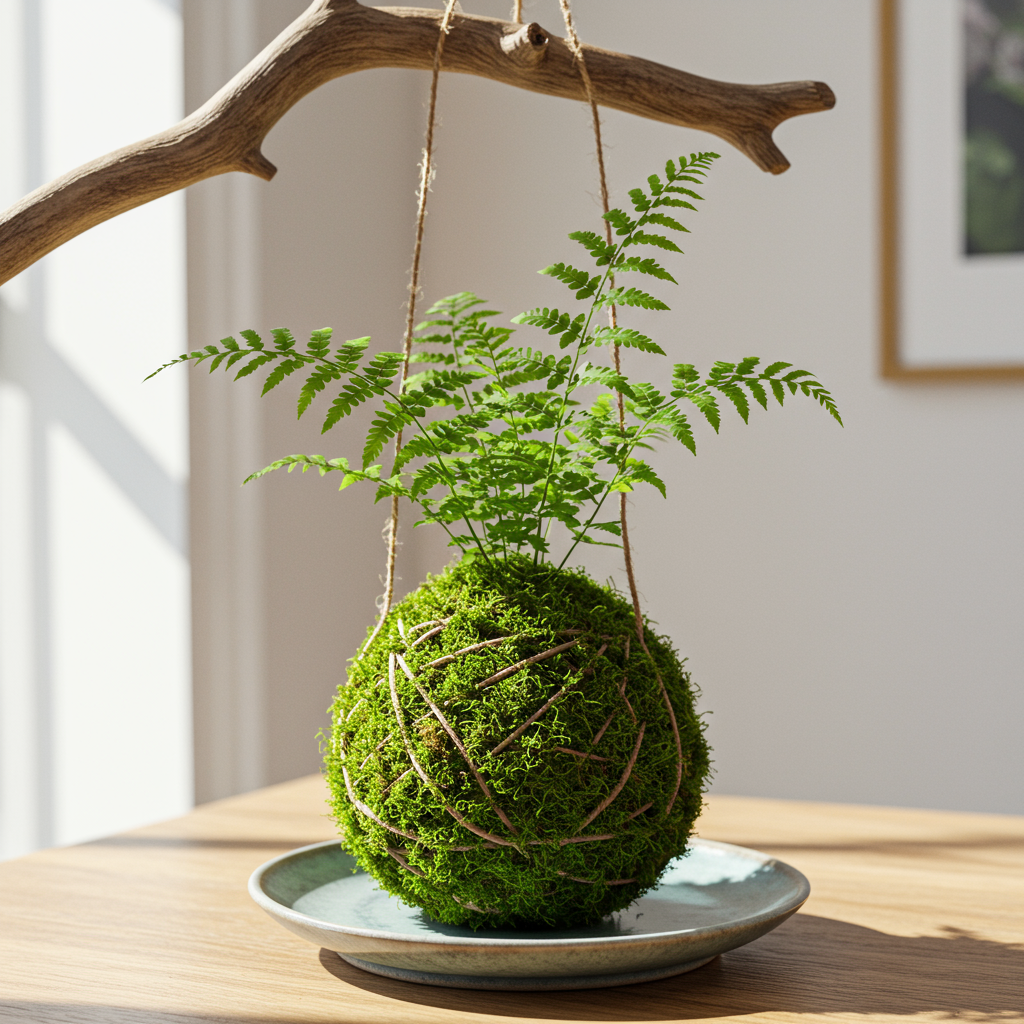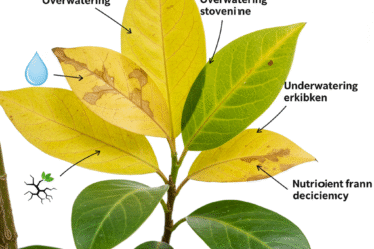
Kokedama, translating to “moss ball” in Japanese, is a captivating art form that transforms ordinary houseplants into living sculptures. Imagine a vibrant fern or a delicate orchid suspended in a sphere of moss, a miniature ecosystem thriving in mid-air. This ancient Japanese gardening practice, sometimes referred to as the “poor man’s bonsai,” offers a unique and surprisingly accessible way to connect with nature, even in the smallest of spaces.
The kokedama technique involves carefully wrapping a plant’s root system in a mixture of soil and other organic materials, then binding it with moss to create a self-contained sphere. Unlike traditional potted plants, kokedama rely on the moss ball itself to retain moisture and nutrients, providing a minimalist and visually striking alternative to conventional planters. This practice isn’t just about aesthetics; it also encourages a deeper understanding of plant care, requiring a mindful approach to watering and observation.
Creating your own kokedama is a rewarding experience. Begin by selecting a suitable plant – ferns, succulents, and small flowering plants are excellent choices. Then, prepare your soil mixture, traditionally a blend of ketotsuchi (a type of clay-like bonsai soil), peat moss, and akadama (a granular volcanic clay). Gently remove your chosen plant from its pot, carefully loosening the roots before shaping the soil mixture around them into a ball. This is where the magic truly begins, as you envelop the soil ball with sheets of preserved sheet moss, securing it with twine or fishing line. The result? A stunning, organic planter that brings a touch of Zen tranquility to any environment.
Caring for your kokedama is relatively simple. Watering typically involves submerging the moss ball in water for a few minutes, allowing it to absorb moisture before gently squeezing out any excess. Regular misting helps maintain humidity, especially in drier climates. Displaying your kokedama is an art in itself. They can be suspended from the ceiling, placed on decorative stands, or nestled on a bed of pebbles. The possibilities are as limitless as your creativity.
Beyond its aesthetic appeal, kokedama offers a tangible connection to the natural world. The process of creating and nurturing these miniature ecosystems fosters a sense of mindfulness and appreciation for the intricate beauty of plant life. So, why not embark on this artistic journey and unlock the magic of kokedama for yourself? You might be surprised at the tranquility and beauty it brings to your home.



